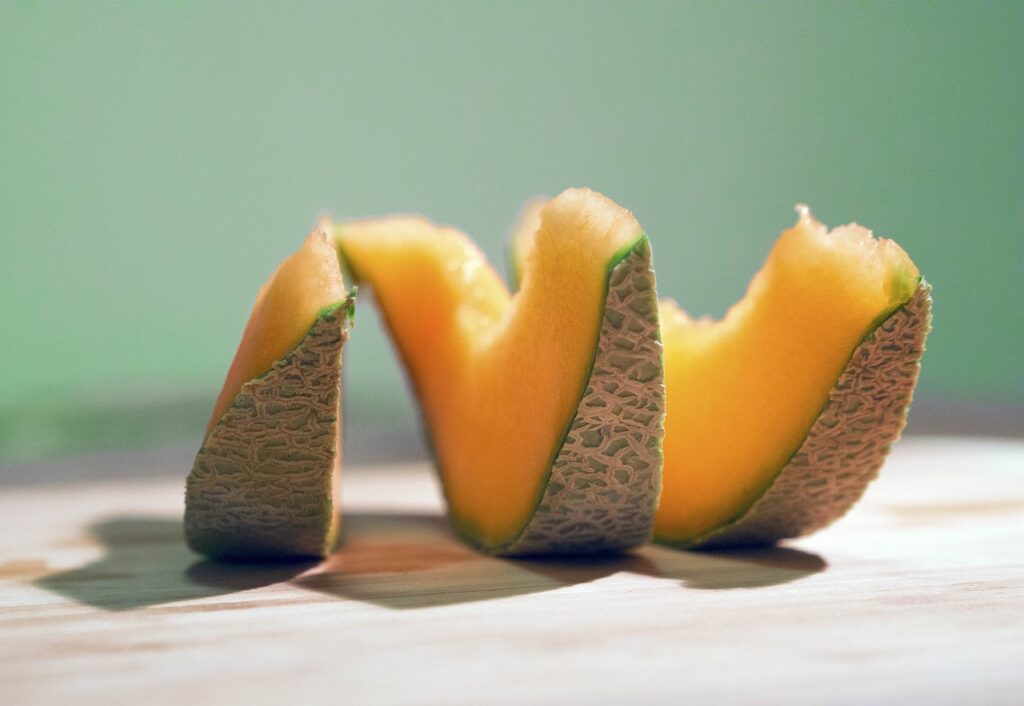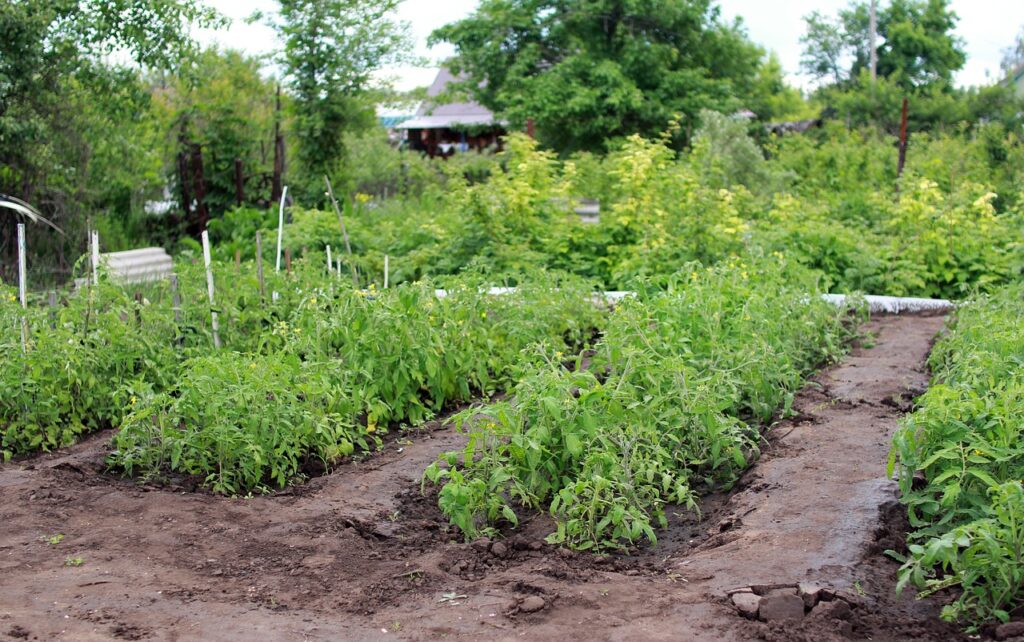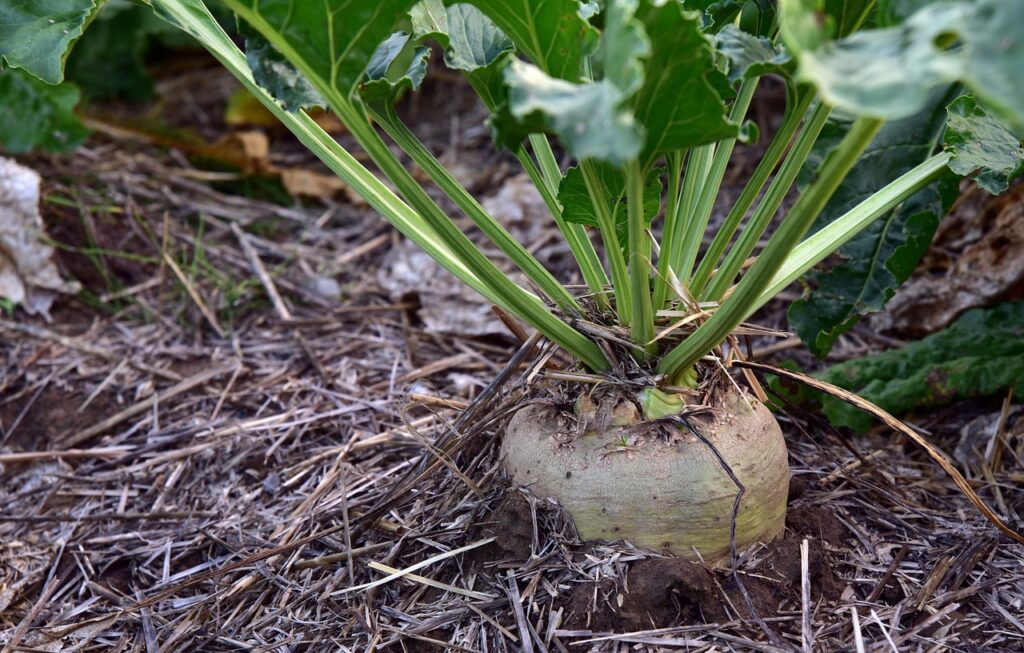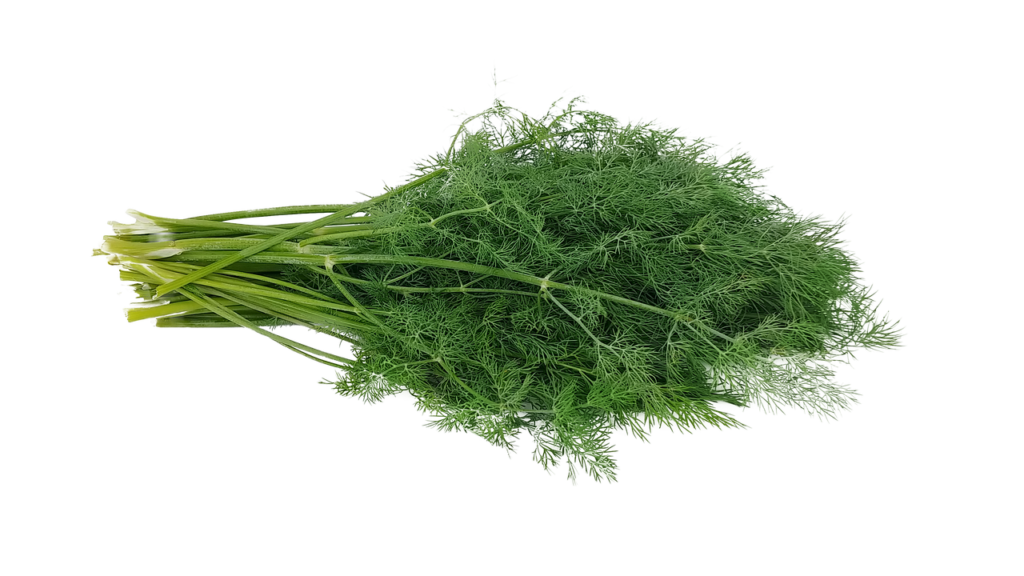Cantaloupe (Cucumis melo) is a tasty and nutritious fruit that thrives in warm weather and ample sunlight. The plant is essentially a sprawling vine and requires a rich and well-draining soil, regular watering and fertilization. While cantaloupe is a relatively low-maintenance crop, growing it in a mono-culture can attract pests and diseases that may affect its growth and yield. Use companion planting methods as an effective way to increase the resilience of cantaloupe by boosting soil fertility, deterring unwanted insects, and attracting beneficial organisms. In this blog, we will discuss some of the best companion plants for cantaloupe, and how to plant and grow them in your garden.
As an Amazon and ebay Affiliate we may earn a commission off any purchases made through our links. This won’t affect the price you pay.
Companion Plants for Cantaloupe
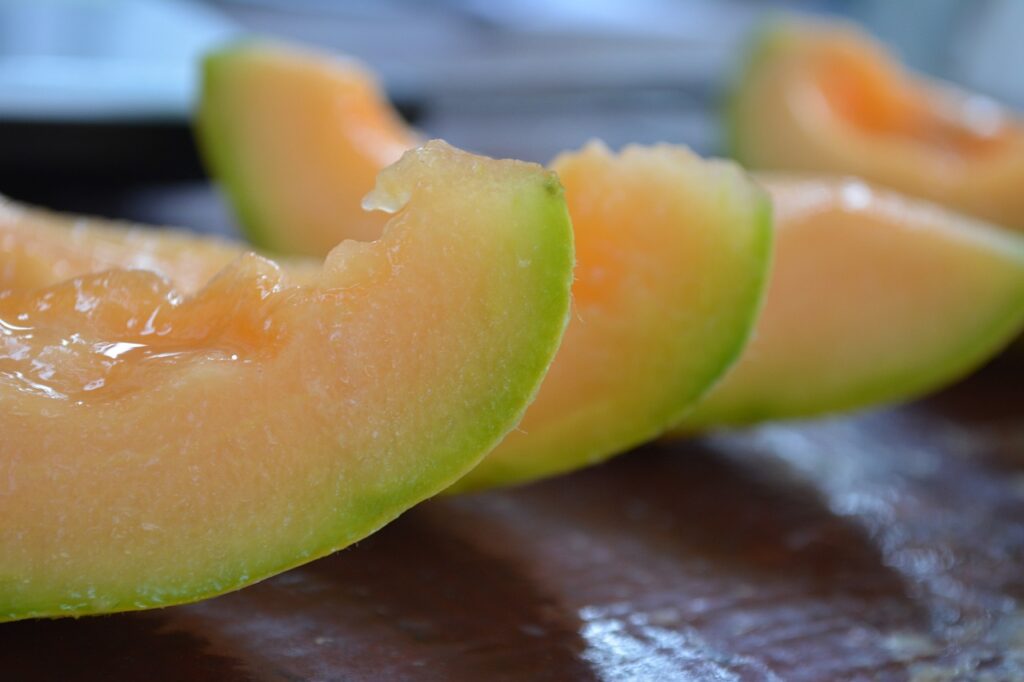
Companion plants can be tremendously beneficial to each other when planted in close proximity. They can help reduce the use of chemicals by repelling pests and diseases, providing nutrients, attracting pollinators, and improving soil health. When growing cantaloupe, here are some of the best companion plants that you can in the immediate vicinity:
1. Marigolds (Tagetes spp.)
Marigolds are popular for their bright and vibrant flowers. They are also effective in repelling nematodes, a soil-borne pest that can damage the roots of cantaloupe plants. The chemicals that Marigolds release, mimic the scent of nematode eggs. This prevents the adult nematodes from laying their eggs near the roots of cantaloupe. Marigolds will also provide a great habitat for beneficial, predatory insects, such as lacewings, ladybugs, and hoverflies, which feed on pests like aphids, thrips, and whiteflies.
2. Nasturtium (Tropaeolum spp.)
Nasturtium is a fast-growing annual plant that produces edible leaves and flowers. They work as a good companion plant for cantaloupe because they attract aphids and other sap-sucking insects away from the cantaloupe leaves. It also repels squash bugs and cucumber beetles, which are common pests of cantaloupe. Furthermore, nasturtium repels aphids which cause the accumulation of sticky honeydew on the fruit. This sticky honeydew creates an environment that promotes disease (sooty mold).
3. Beans (Phaseolus spp.)
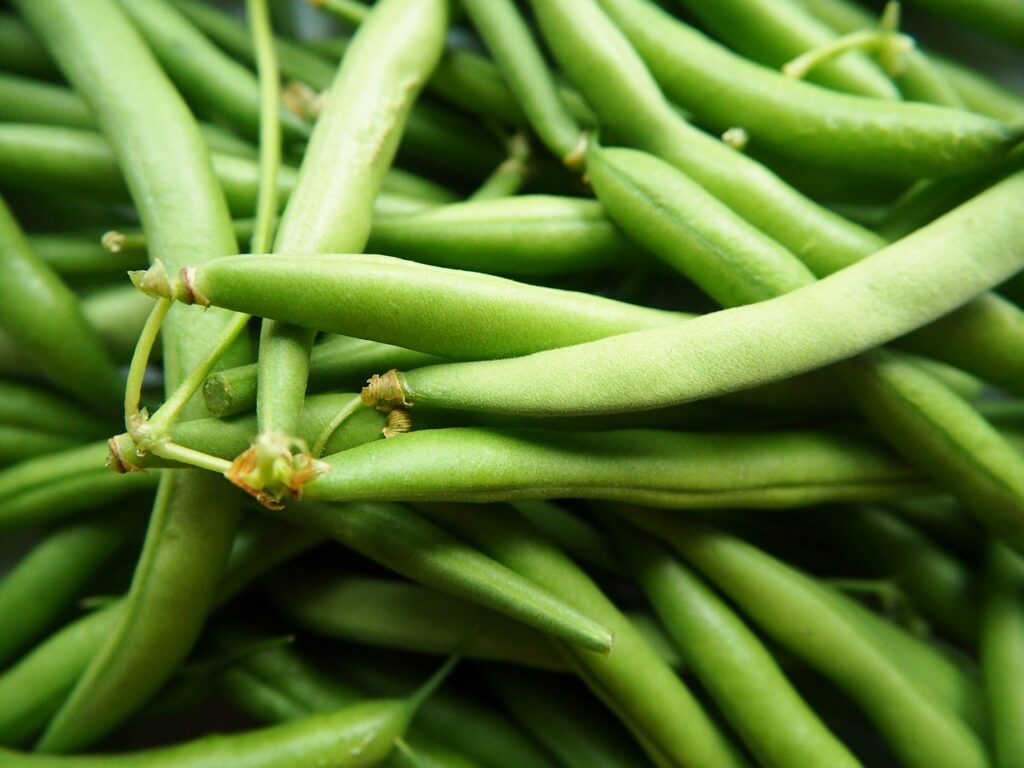
Beans are leguminous plants and they release nitrogen in the soil, which is a crucial nutrient for cantaloupe growth. Nitrogen is a main component of chlorophyll. As you know, this is responsible for photosynthesis and overall plant health. When cantaloupe and beans grow alongside each other, the plants will benefit from the nitrogen produced by the beans. You will see enhanced growth and yield. Beans have a shallow root system that enables good water drainage and aeration of the soil.
4. Borage (Borago officinalis)
Borage is a herbaceous plant (it will die off in winter) with blue flowers that has a lengthy flowering spell, and this attracts pollinators such as bees and butterflies. It acts as a pest repellent for cantaloupe, as its leaves contain chemicals that deter hornworms. Hornworms are a type of caterpillar that can defoliate cantaloupe plants. Borage also repels aphids and whiteflies.
5. Radishes (Raphanus sativus)
Radishes are root vegetables, and fast growing ones too. This helps break up compacted soil, which in turn, allows air and moisture to circulate around the cantaloupe roots. They repel cucumber beetles and flea beetles – common pests of cantaloupe. Radishes are easy to grow, great for kids to learn with, and can be harvested within a month. This makes them a perfect temporary companion plant for cantaloupe.
6. Sunflowers (Helianthus spp.)
Sunflowers are tall with large, bright flowers that provide shade and support for cantaloupe plants. The impressive flowers also attract pollinators such as bees and butterflies, which are essential for pollinating the cantaloupe flowers. Sunflowers are easy to grow. very forgiving, and can be used as a windbreak to protect cantaloupe from strong gusts.
Planting and Growing Cantaloupe
Cantaloupe isn’t overly sensitive and can be grown in almost any soil type. It prefers a rich, well-draining soil with a pH of 6.0 to 6.5. The ideal temperature for germination is 75-85°F, so you can start planting cantaloupe seeds indoors 4-6 weeks before the last frost, or direct sow them in the garden after all danger of frost has passed. Here is an outline of the steps to plant and grow cantaloupe:
1. Choose a Sunny Site:
Cantaloupe will thank you for 6-8 hours of sun a day, so choose a site that is exposed to the sun and sheltered from strong winds (see sunflowers above).
2. Prepare the Soil:
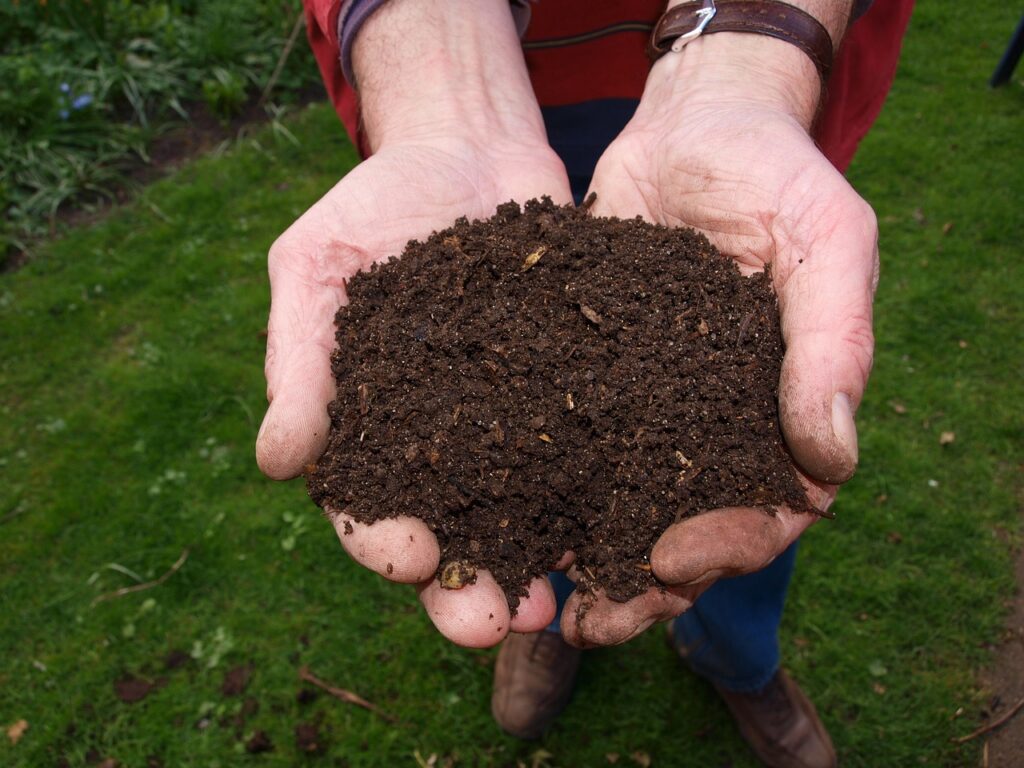
You can condition your soil with organic matter such as compost, well-rotted manure, or aged chicken litter to provide nutrients and improve soil structure. As mentioned above, Cantaloupe prefers a soil pH between 6.0 and 6.5, so adjust the pH using lime or sulfur as needed.
3. Plant the Seeds:
Ideally, plant 2-3 cantaloupe seeds per hole, about a ½ inch deep, and 12-18 inches apart in rows that are 6 feet apart. Once in the ground, water the seeds very well and keep the soil moist until the seedlings emerge.
4. Thin the Seedlings:
Once the seedlings are 2-3 inches tall, thin them to the strongest one per hole. This will give the plants enough space to grow and prevent competition for nutrients.
5. Water Regularly:
Cantaloupe requires consistent moisture to grow properly, so water it deeply once a week or more frequently if the weather is hot and dry. Avoid overhead watering and wetting the leaves. Wet leaves are more likely to develop fungal diseases.
6. Fertilize:
Regular feeding with a balanced fertilizer such as 10-10-10 or 5-10-10 will suit your Cantaloupe. Feed monthly during the growing season, or as directed on the package.
7. Support the Vines:

Cantaloupe vines can grow up to 6 feet long and require support to prevent them from trailing on the ground. Some ideas include trellises, cages or stakes to support the vines and keep the fruit off the ground.
8. Harvest the Fruit:
You will know the fruit is ripe when the stem separates easily from the vine and the blossom end is slightly soft to the touch. Cut the melon with a sharp knife, leaving a 1-inch stem attached.
Common Pests and Diseases
Cantaloupes are relatively easy and low-maintenance plants, but like any other fruit crops, they can be affected by pests and diseases. Prevention is paramount to keeping your plants healthy. It is important to be aware of common pests and diseases that may jeopardize your cantaloupes, and know how to manage them. We will discuss the most common pests and diseases that can affect your cantaloupe plants below (and how to control and prevent them).

Pests:
1. Cucumber Beetles (Or Striped Cucumber Beetles)
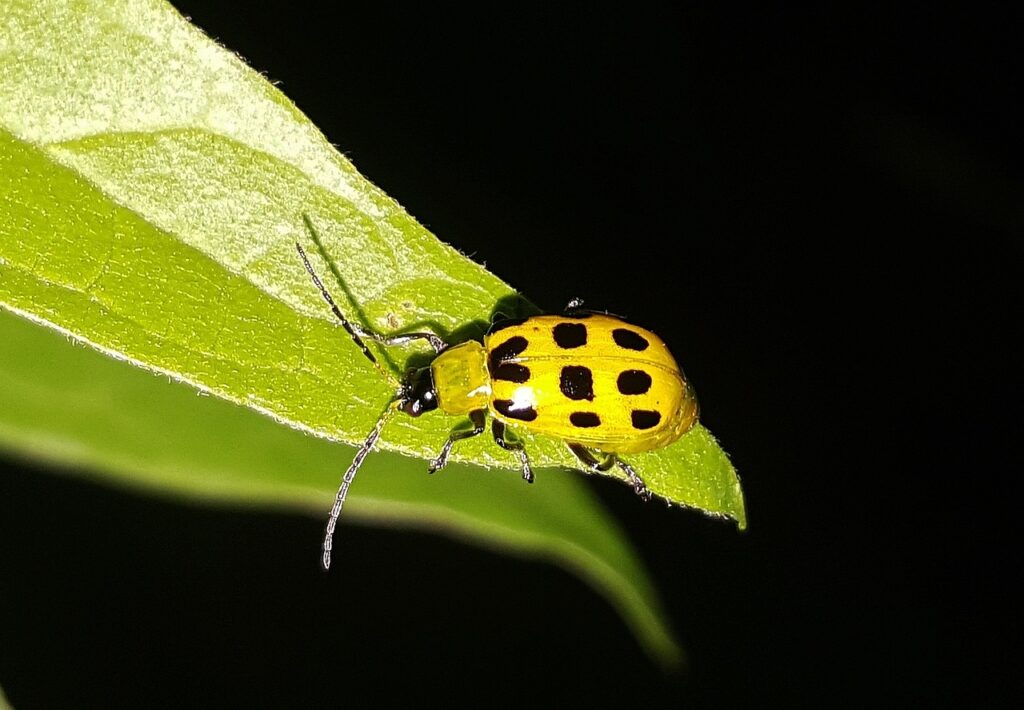
Cucumber beetles are destructive yet small yellow, or green-striped beetles. They can cause severe damage to cantaloupe plants. These pests will feed on the leaves, flowers, and fruit of the plant. They can also transmit bacterial wilt, which can destroy the entire plant. Symptoms of cucumber beetle infestation include chewed leaves, wilting plants, and yellow stripes on the leaves. Control of cucumber beetles includes row covers, handpicking and drowning them in soapy water, or using a natural insecticide such as neem oil or pyrethrin.
2. Squash bugs
Squash bugs are common garden pests that attack cantaloupe plants. These pests are grey-brown in color, triangular in shape, and like to feed on the leaves and stems of the plant. Squash bugs are known to cause wilting, yellowing, and ultimately the death of the plant. They may also transmit bacterial wilt. To control squash bugs, handpick and remove them or use a natural insecticide such as neem oil or pyrethrin.
3. Spider Mites
Spider mites are tiny, wingless insects that feed on the sap of plants and cause yellowing, wilting, and stunted growth of the leaves. They to be more common in dryer weather conditions and can easily infest cantaloupe plants. Use a stream of water to wash them off the plants for immediate eradication or spray with insecticidal soap or neem oil. If you can, try to maintain high humidity levels around the plants.
4. Aphids
Aphids are small, soft-bodied insects that feed on the leaves and stems of cantaloupe plants. They produce honeydew, a sticky substance that ants love as well as other pests. They can also cause wilting and yellowing of the leaves. Control aphids with a stream of water to wash them off the plants, cut off the infested leaves, or use a natural insecticide such as neem oil or insecticidal soap.
Diseases:
1. Powdery Mildew
Powdery mildew is a fungal disease that affects the leaves and fruit of cantaloupe plants. It manifests in white or gray powdery spots on the foliage and may reduce yields and fruit quality. Powdery mildew thrives in warm and humid conditions, so it is important to keep the plants well-ventilated, avoid overhead watering, and prune the infected leaves. A natural fungicide such as baking soda or sulfur dust will help control powdery mildew.
2. Downy Mildew
Downy mildew is another fungal disease that affects the leaves of cantaloupe plants. Symptoms include yellow or brown patches on the leaves, and reduced photosynthetic capacity of the plant. Downy mildew thrives in cool and moist conditions, so be sensitive to overwatering and maintain good air circulation around the plants. You can also use a natural fungicide such as copper sulfate to control downy mildew.
3. Fusarium Wilt
Fusarium wilt is a fungal disease that soil-borne and that affects the roots of cantaloupe plants. It causes the leaves to wilt and turn yellow, and can eventually kill the plant. Fusarium wilt is rather difficult to control, so prevention is always better than cure. Crop rotation and practicing good sanitation will really help in prevention of Fusarium Wilt. Avoid planting in areas where other species of cucurbits (gourd family) have been grown. There are no effective chemical or natural controls for fusarium wilt.
4. Bacterial Wilt
Bacterial wilt is not fungal but rather a bacterial disease that affects the stems of these plants. It causes wilting and yellowing of the leaves, and can eventually kill the plant. Bacterial wilt is transmitted by pests like cucumber beetles and others, so controlling them is important for preventing bacterial wilt. You can use row covers, handpick and remove the beetles, or use a natural insecticide such as neem oil or pyrethrin. There are no effective chemical controls for bacterial wilt so again, prevention is key.
Pest and Disease Control
While companion planting can help deter pests and diseases, it may need to be implemented alongside other measures. Below are some additional pest and disease control measures that you can use to protect your cantaloupe melons:
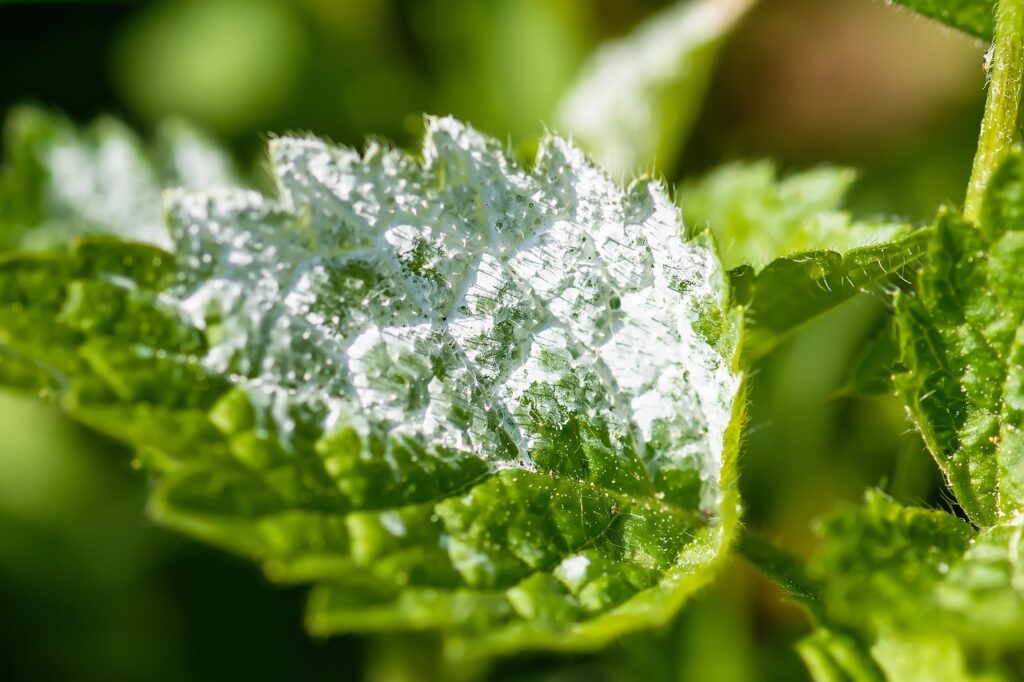
1. Use Organic Pest Control: Try to avoid using toxic chemical pesticides and opt for organic pest control methods such as neem oil, insecticidal soap, or diatomaceous earth. These products are less toxic to humans and the environment and can effectively control aphids, spider mites, and other pests.
2. Control Fungal Diseases: Fungal diseases such as powdery mildew and downy mildew can affect cantaloupe leaves and fruit. To prevent fungal diseases, avoid overhead watering, maintain good air circulation around the plants, and remove infected leaves or fruit as soon as you notice them.
3. Use Row Covers: Row covers are a physical barrier to protect plants from insect pests such as cucumber beetles, squash bugs, and vine borers. Remove the covers when the plants start to flower to allow pollinators to access the blossoms.
Companion planting is an interesting, effective way to enhance the growth and resilience of cantaloupe by increasing soil fertility, deterring pests, and attracting beneficial organisms. Marigolds, nasturtium, beans, borage, radishes, and sunflowers are some of the best companion plants when you plant cantaloupe. They help prevent pest infestations and diseases.
As an Amazon and ebay Affiliate we may earn a commission off any purchases made through our links. This won’t affect the price you pay.
